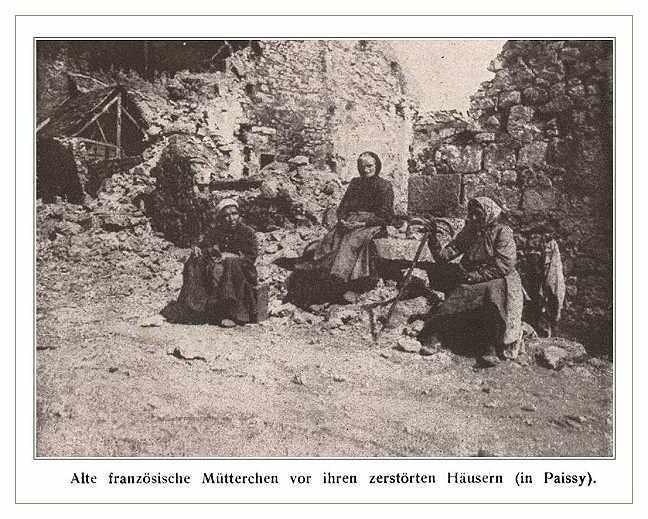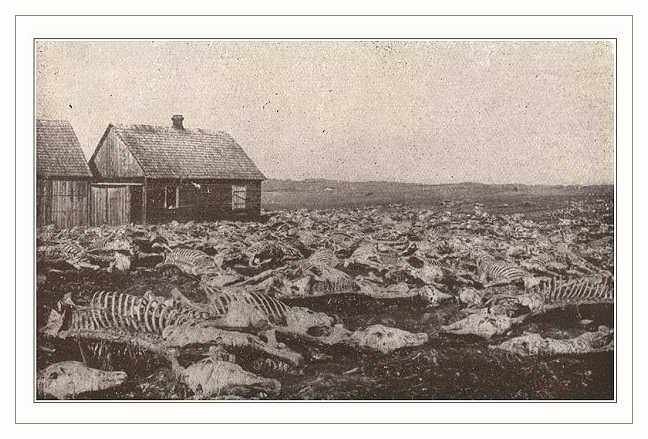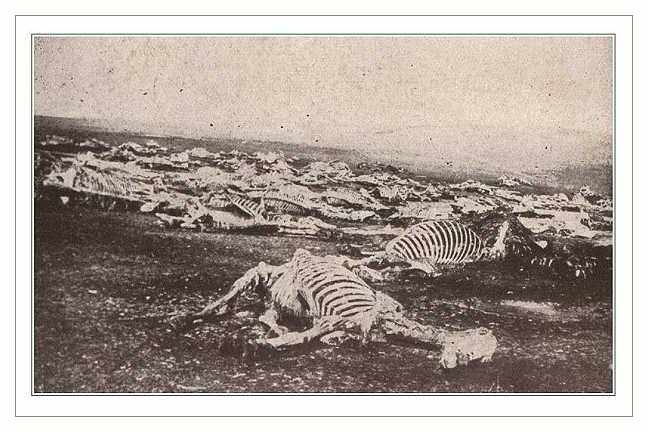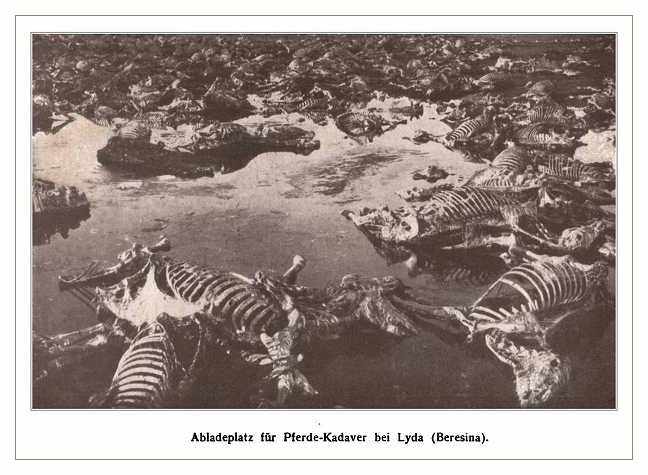



Swords into Ploughshares
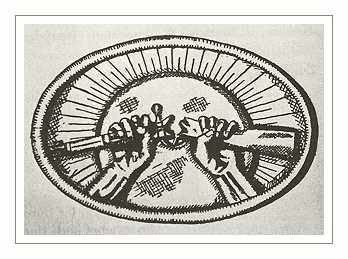
the broken rifle : symbol of the international anti-war movement

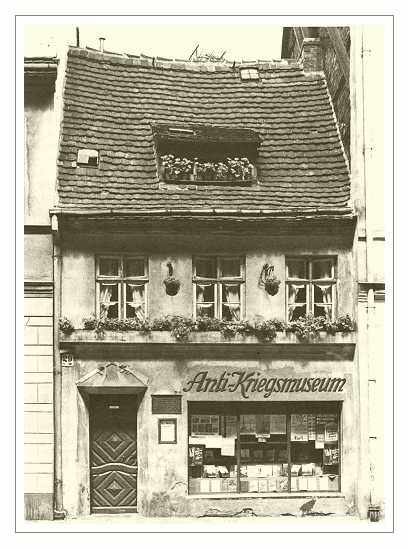
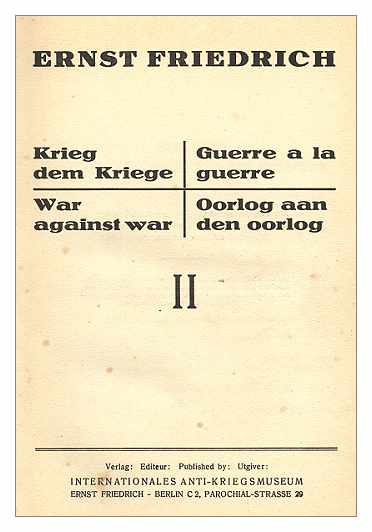
4 language titlepage of the second volume
One of the modern myths about the Great War states that during the war itself, governments did not allow the publication of photos of the dead and wounded. Taken as such, the statement is certainly a vast oversimplication of at times contradictory government policies of the many warring nations. The French government for one, was not at all shy in having newsmagazines publish photos of dead soldiers; preferably those of the enemy, though during the first months of the war French magazines showed many scenes of their own dead, ostensibly to incense public feeling against the invaders (as if such were necessary in the first place).
After a while, the French government changed tack, deciding that too many photos of their own casualies could become demoralising. From then on, German dead were the preferred subject matter. The more the better in fact. German magazines on the other hand, had nothing against showing a field of dead Russians.
But even so, there were still conventions and 'artistic' cannons to be observed. Corpses were depicted in a poetically forelorn manner, sad and tragically departed from this world, but still invested with a Matthew Brady-like dignity-in-death.
The photos that Ernst Friederich choose for his two volumes of 'Krieg dem Kriege' have little of the poetic in them at all. They are not for the faint-hearted, for instead of showing fallen soldiers lying in a state of heavenly repose, the corpses in his books are horrifically deformed, maimed, mangled, torn apart, burned, decomposed and insect ridden, with internal organs and fractured bones clearly visible. This is not the material for newsmagazines or patriotic publications. The photos of the living wounded are, if anything yet more shocking to behold and contemplate, even more so when we try and realize the extent of medical proficiency at the time.
And yet apparently there were quite a number of such grisly photos, many having been taken by soldiers as personal keepsakes or mementoes, this in spite of official orders forbidding the use of photo cameras by soldiers. Other photos from this book were undoubtedly purloined from official archives, medical dossiers or government inquiries and reports.
A Collection of Photos from Krieg dem Kriege
